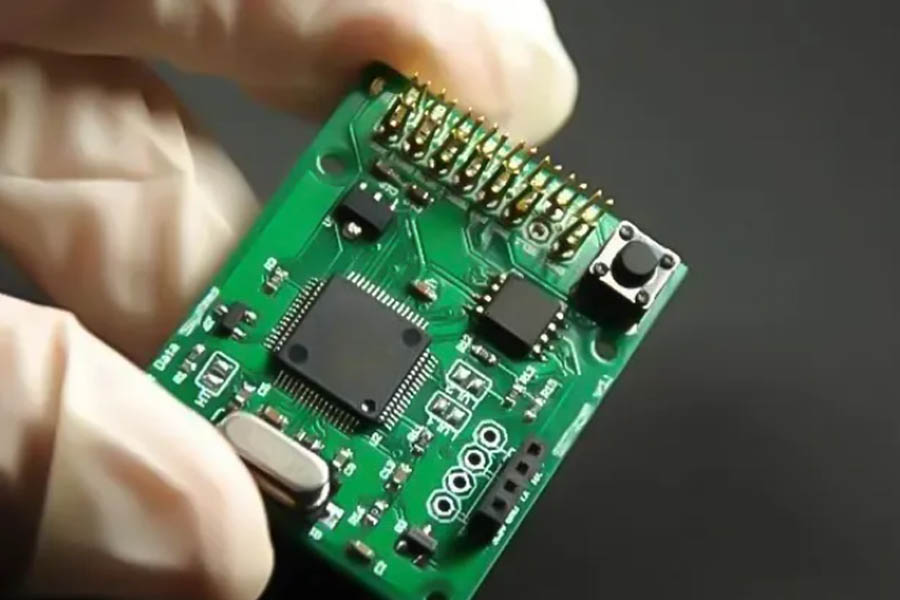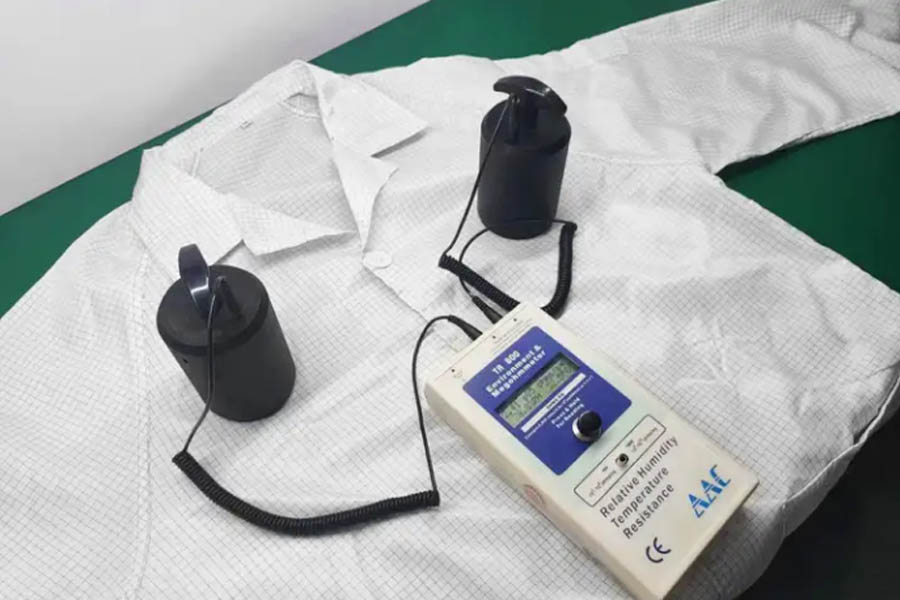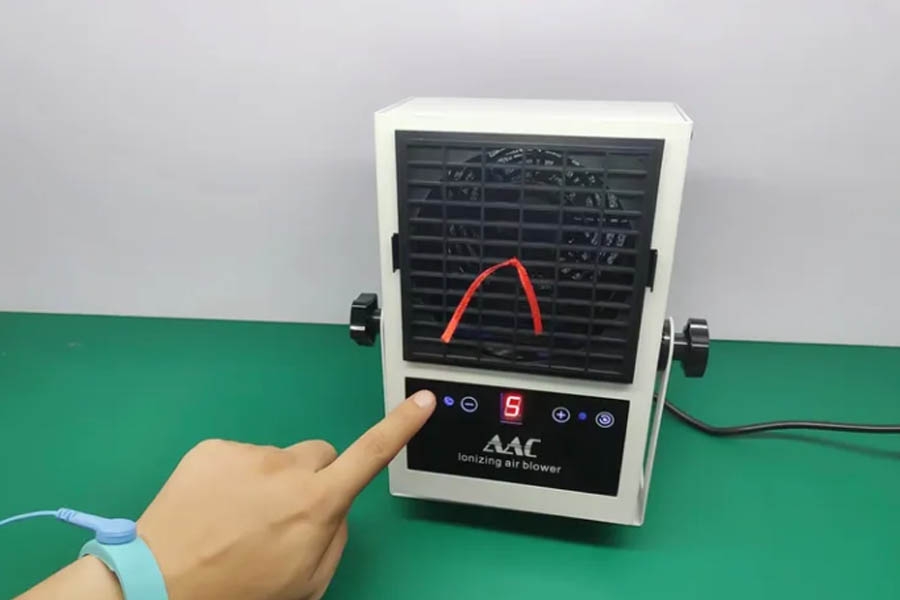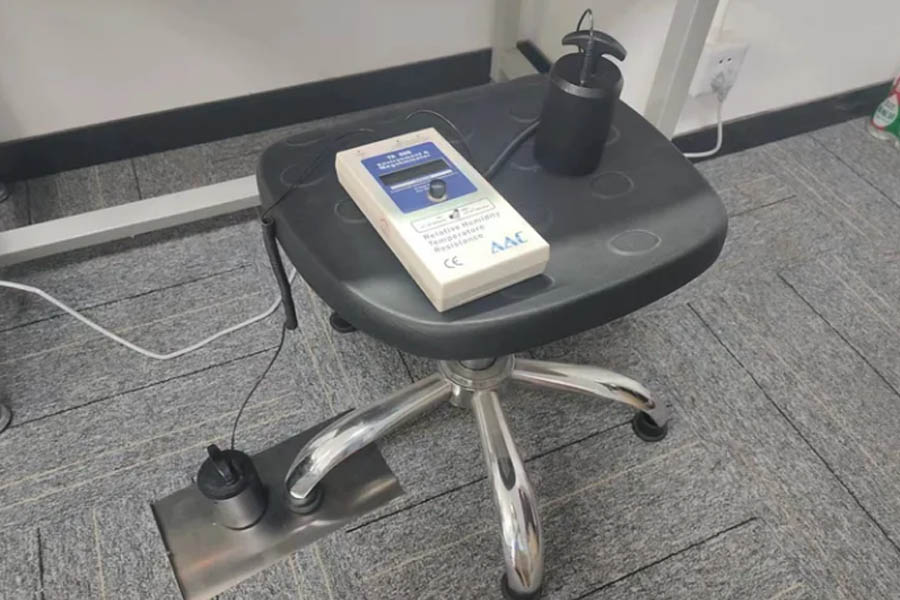12 electrostatic safety standards you need to know about electronics workshops

Electrostatic safety plays a vital role in many industries, especially those that use sensitive electronic devices and are close to them. After years of efforts by the ESDA Electrostatic Association, electrostatic safety standards have been widely recognized around the world, providing valuable help to many enterprises pursuing production efficiency and safety.
The core purpose of electrostatic safety standards is to provide clear guidance to organizations that need to develop electrostatic control procedures. These standards help companies effectively address the challenges associated with reducing static risk by providing a complete set of guiding principles and requirements.
Electrostatic safety standards are mainly divided into three categories:
Electrostatic project guidance and requirements: Provide the organization with the overall framework and requirements for project implementation.
Product and procedure requirements: Develop specific electrostatic protection standards for specific products or procedures.
Standardized test methods: Standardized test methods are provided for evaluating the electrostatic properties of products or procedures.
These three categories of standards are interrelated and together support the implementation, implementation and expansion of electrostatic control plans to protect the working environment and reduce risks.
Of the 12 main areas affected by electrostatic safety standards, here are some key points:
Clean Room /EPA Protected Area: The anti-static clean room is a special place that uses grounding and static elimination equipment to effectively reduce the risk of electrostatic events. In this environment, everything from hand tools, pads, storage devices, ionizers and ground wires need to follow strict clean room standards. Choosing the right tools and supplies can help create an ultra-clean environment that eliminates most of the risk of static electricity.
Verification of conformity: Establishing effective electrostatic control procedures needs to be combined with electrostatic safety and verification of conformity. This involves an architecture map created by the organization to ensure the effectiveness of the developed electrostatic control plan by verifying that it achieves the desired effect.

Static control procedures: When developing static control procedures, first determine the electrostatic sensitive items and the environment in the work area that need to be protected. This will determine where the electrostatic protection zone (EPA zone) needs to be set. A complete static control plan should include the following elements: ESD training, compliance verification, grounding and personnel safety equipment, EPA requirements, packaging systems, clean room requirements, etc.
Floors and footwear: Floors and footwear are a common source of static buildup, so choosing the appropriate floor materials and footwear is critical to supporting static safety standards. The use of floor materials and footwear that dissipate electrostatic charges without causing damage is essential to any static control plan. The combination of electrostatic protection flooring and electrostatic safety footwear is the key to achieving this goal.

Clothing and gloves: Like footwear, clothing is also a significant source of static electricity safety risks, as they typically produce a large amount of static electricity. Antistatic clothing alleviates the problem of static electricity accumulation inherent in clothing by using synthetic dissipative fabrics with antistatic properties. The use of ESD gloves is a necessary measure to improve the ESD safety plan. Everyone working in or near sensitive electronic equipment needs to wear protective gloves. Various types of ESD gloves are available, including ESD nylon gloves and ESD polyester gloves.
Grounding system: A reliable grounding policy is an important part of ESD safety measures, which ensures that ESD discharge can be carried out normally without the occurrence of ESD events. People, equipment, supplies, and tools should all be grounded, and one of the most effective grounding devices is a wristband.
Hand tools: Personnel working in the ESD protection area need to be equipped with appropriate ESD equipment to reduce the chance of static charge accumulation. For example, hammers, pliers, screwdrivers, and tweezers should all be anti-static.

Ion generators (electrostatic elimination devices) : In the EPA area, the use of ion generators can create a balanced environment that is not conducive to electrostatic events. When certain insulators cannot be replaced with antistatic appliance alternatives, such as computer monitors, using an ionizer is a good solution.
Packaging: Due to various electrostatic hazards, highly sensitive equipment is easily damaged during transportation. Three common electrostatic packaging methods can greatly reduce the incidence of ESD: internal packaging, secondary packaging and external packaging. These packaging methods provide physical protection and reduce the risk of ESD.

contact:Stephen Sun
Tel:+86 13020239019
Email:info@xt-industries.com
Add:Floor 1st, No.10, Lane 255, Xiaotang Road, Fengxian District, Shanghai.